We celebrate the birth of Dred Scott in 1799 on this date.
He was a Black abolitionist whose zeal for Black equality and humanity led him to sue America for his freedom. His unsuccessful legal recording was in the famous lawsuit Dred Scott v. Sandford which bears his name.
Scott was born a slave in Virginia as the property of the Peter Blow family. He and the Blow family moved to St. Louis in 1830, but due to financial problems, the Blow family had to sell Scott to Dr. John Emerson, who was a doctor for the United States Army. Dr. Emerson traveled extensively into Illinois and the Minnesota and Wisconsin territories where the Missouri Compromise prohibited slavery. It was during these trips that Scott met and married his wife, Harriet Robinson, and Dr. Emerson met and married his wife, Irene Sanford.
The Scott’s and the Emerson’s returned to Missouri in 1842. Dr. Emerson died a year later, and John F.A. Sanford, Mrs. Emerson’s brother, became executor of the Emerson estate. Scott filed his case in 1846 and first went to trial in 1847 in a state courthouse in St. Louis. The Blow family financed his legal defense. They lost the initial trial, but due to hearsay evidence were granted a second trial by the presiding judge. Three years later, in 1850, a jury decided the Scott’s should be freed under the Missouri doctrine of ‘once free, always free.’ Mrs. Emerson, by then a widow, appealed.
Two years later, the Missouri Supreme Court struck down the lower court ruling, saying, “Times now are not as they were when the previous decisions on this subject were made.” The Scott’s were returned to their masters as slaves once more. The Scott’s sued again in the St. Louis Federal Court with the help of new lawyers. The Scott’s lost this case and appealed to the Supreme Court. In 1857, Chief Justice Roger B. Taney delivered the majority opinion that Dred Scott had no claim to freedom, that slaves are property and not citizens, and thus cannot bring suit against anyone in federal court and that because slaves are private property the federal government cannot revoke a person’s right to own one based on where they live, thus nullifying the essence of the Missouri Compromise.
He also argued that Scott was a slave and private property and was thus protected by the Fifth Amendment, which says that property cannot be taken away without “due process.” After the case, Scott was returned to his original owners, the Blows, who granted him his freedom less than a year and a half before his death from tuberculosis on September 17, 1858. Dred Scott is buried in Calvary Cemetery, St. Louis, Missouri.
Reference:
History of American Slavery
by Duncan Clarke
JG Press, Copyright 1998
PRC Publishing Ltd.
ISBN 1 57215 256 7
The Encyclopedia Britannica, Twenty-fourth Edition.
Copyright 1996 Encyclopedia Britannica Inc.
ISBN 0-85229-633-0

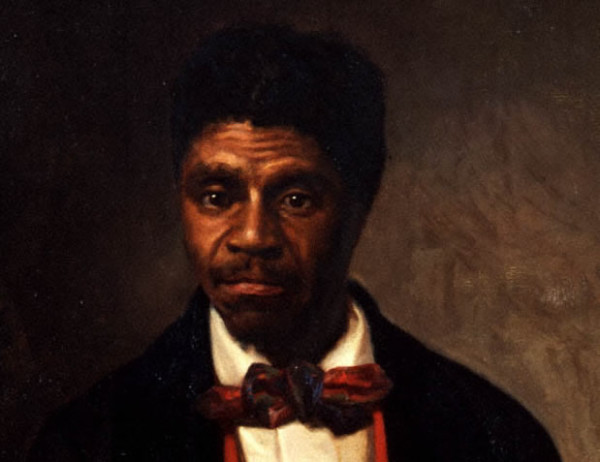






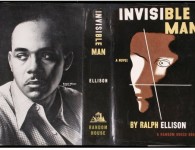
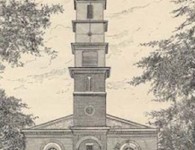





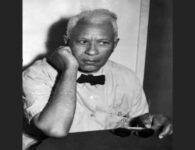



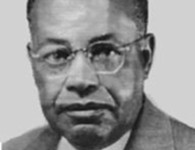

3 Comments
hello there and thank you for your info – I have certainly picked up
anything new from right here. I did however expertise
some technical issues using this web site, as I experienced
to reload the web site many times previous to I could get it to load
correctly. I had been wondering if your web host is OK?
Not that I am complaining, but sluggish loading instances
times will very frequently affect your placement in google and could
damage your high-quality score if advertising and
marketing with Adwords. Anyway I’m adding this RSS to
my e-mail and can look out for much more of your respective interesting content.
Ensure that you update this again soon.
That is a good tip especially to those new to the blogosphere.
Brief but very precise information… Thanks for sharing this one.
A must read post!
That is really fascinating, You’re an excessively skilled
blogger. I’ve joined your rss feed and look ahead to in search
of more of your great post. Also, I’ve shared your website in my
social networks